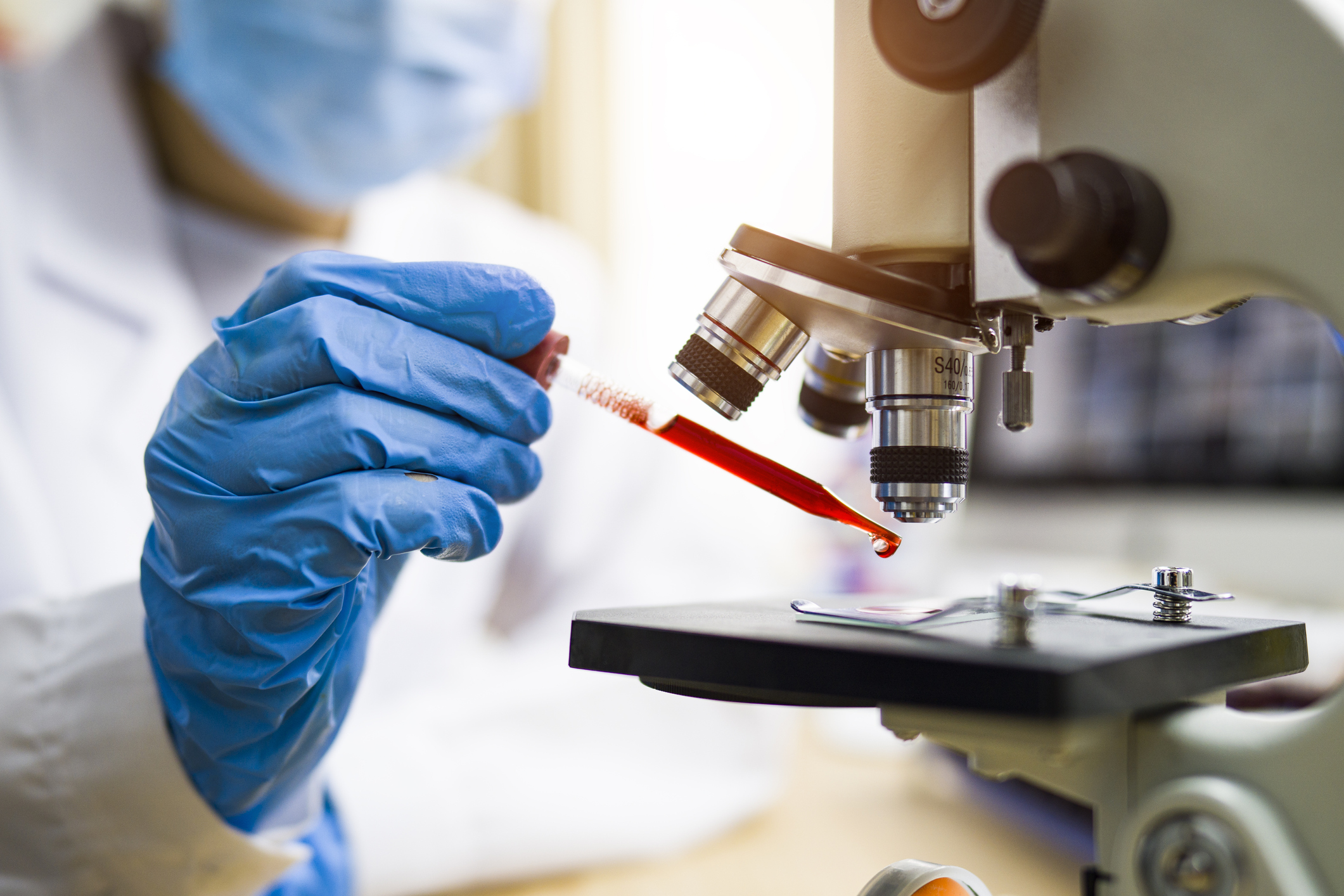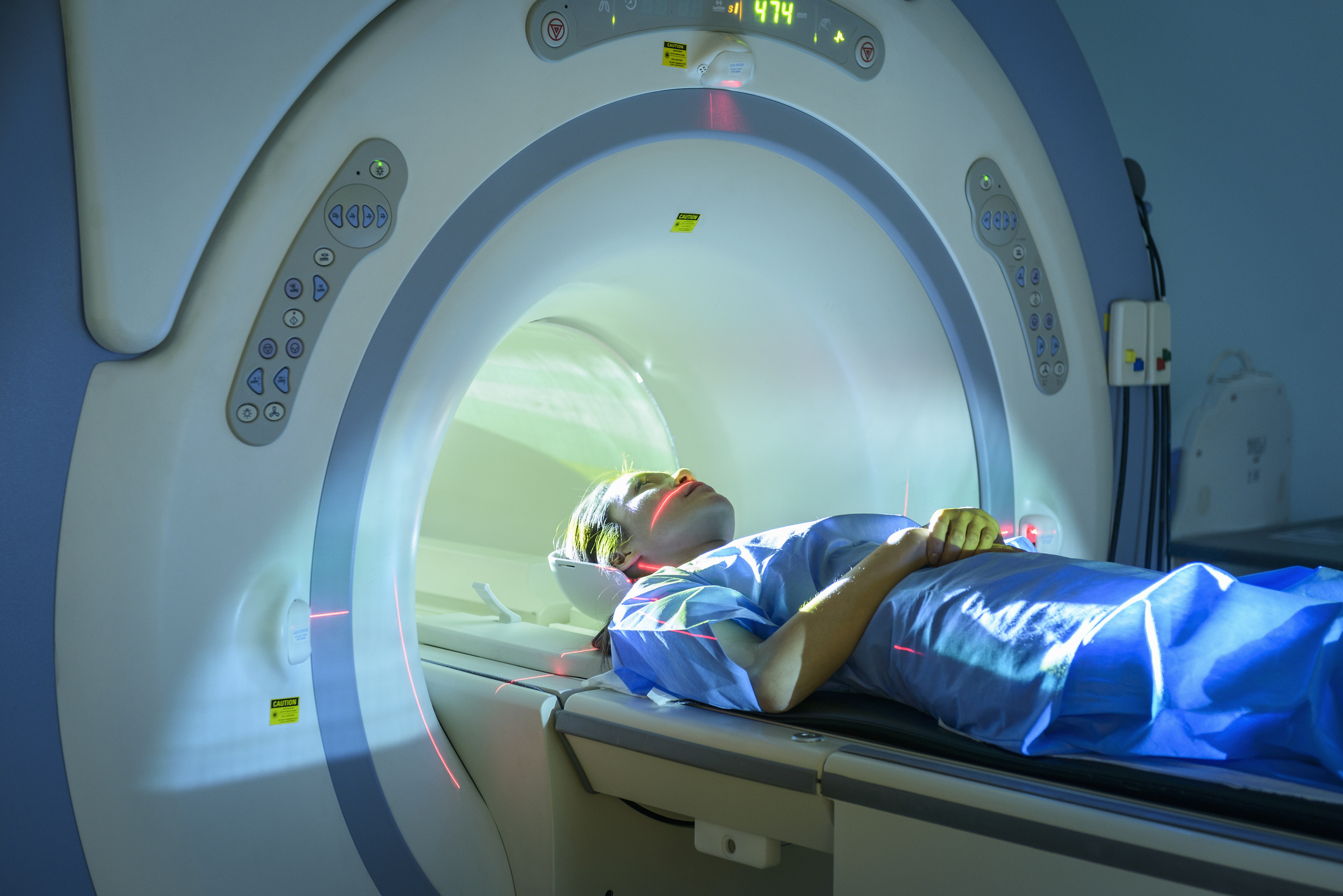Cancer diagnosis: Detection, testing and research
A cancer diagnosis is reached through a number of robust testing methods and scans.

A cancer diagnosis, of one form or another, will be received by 27.5 million people each year by 2040, research suggests. Four of the most common types of cancer are breast, lung, prostate and bowel cancer, however there are more than 200 types in total. With such a broad range of cancers impacting almost any area of the body, there are numerous different ways to detect and diagnose cancer.
Any cancer that is caught early on in its progression is easier to treat. Cancer is the abnormal and uncontrolled growth of cells in the body. Because of the nature of cancer, the longer these signs are ignored, the further cancer can spread in the body. To control cancer as much as possible, doctors recommend that people stay aware of their bodies.
One of the best ways to detect cancer early on is to report any suspicious signs. By knowing how your body looks and feels, and by checking yourself regularly, you are more likely to see or feel any symptoms of cancer early on, according to Cancer Research U.K.
Any abnormal changes in the body may be worth getting checked out by a doctor, though the fear of being diagnosed with cancer is enough to make some people ignore these signs for as long as possible.
Cancer blood tests
"It is very important to focus on diagnostics of cancer types that affect people the most," said research scientist Dr. Ján Tkáč, co-founder of Glycanostics, a company that is developing technology that can detect early stage prostate cancer in the blood, as cancer can exist in the body without showing any obvious signs.
In order to spot cancer and treat it at an early stage, cancer screening is available to people without any symptoms at all. Cancer screening involves tests to spot the very early development of cancer. It includes colonoscopies to detect colorectal cancer, scans that analyse the lungs of heavy smokers, breast cancer screening using x-rays, cervical cancer screening and blood tests.
"We are working on highly accurate diagnostics of several types of cancer by an innovative and unique approach using just a single drop of blood," said Dr. Tkáč, "The uniqueness of our technology lies in the analysis of glycans (complex carbohydrates), since our test is the only one capable of detecting "healthy" and "sick" forms of glycans."
Dr. Tkáč’s work focuses on the diagnosis of prostate cancer, a disease that is common in men and that has a personal resonance for him, "It is true that one of the additional drivers to focus on diagnostics of prostate cancer was also the fact that my PhD. supervisor Dr. Šturdík died from the disease. This is why our incentive is to diagnose such a disease at an early stage with high accuracy, which is a prerequisite for successful disease treatment of the patients."

Cancer stages
Cancer is a very broad diagnosis of what is happening inside a person’s body. This can vary from localised cancer in its early stages to cancers that are widespread in the body. Depending on how much cancer there is and where in the body it’s located, different treatment is needed.
While there are different staging systems used to classify cancer, the TNM system is the most common. Cancers are described using these letters to provide information on the tumour size (T), whether it has spread to nearby nodes (N) or has spread to other parts of the body, or in other words, has metastasised (M).
Imaging tests
To get confirmation of whether someone has a cancerous tumour, or to find out whether cancer has spread, doctors need to observe inside the body. To do this, various imaging tests are used, providing a visual picture. Rays of different wavelengths scan the body. When they reach the tissues of the body, the energy pattern of the ray is changed. These changes are displayed as an image.
Magnetic resonance imaging (MRI) uses magnetic fields and is the preferred test used to diagnose brain tumours. Alternatively, computed tomography (CT) scans produce images of the internal body by taking x-rays from different angles. Some tumors don’t show up as well on x-rays and require an ultrasound.
This test involves sending high-frequency sound waves through the body. The waves create echoes as they bounce off organs and tissues, producing a computerised outline of any tumours.

Additional resources
Take a look at this cancer-spotting infographic, get an idea of cancer cases around the world the world on Cancer Research UK, and discover how something called circulating tumour DNA (ctDNA) can be used to diagnose and manage cancer.
Bibliography
- Chaoyue Su, Jianye Zhang, Yosef Yarden, Liwu Fu: The key roles of cancer stem cell-derived extracellular vesicles
- Jan Tkac, Veronika Gajdosova, Stefania Hroncekova, Tomas Bertok, Michal Hires, Eduard Jane, Lenka Lorencova, Peter Kasak: Prostate-specific antigen glycoprofiling as diagnostic and prognostic biomarker of prostate cancer
- Hossein Jadvar , Xiaoyuan Chen, Weibo Cai, Umar Mahmood: Radiotheranostics in Cancer Diagnosis and Management
Sign up for the Live Science daily newsletter now
Get the world’s most fascinating discoveries delivered straight to your inbox.
Ben Biggs is a keen and experienced science and technology writer, published book author, and editor of the award-winning magazine, How It Works. He has also spent many years writing and editing for technology and video games outlets, later becoming the editor of All About Space and then, Real Crime magazine.











